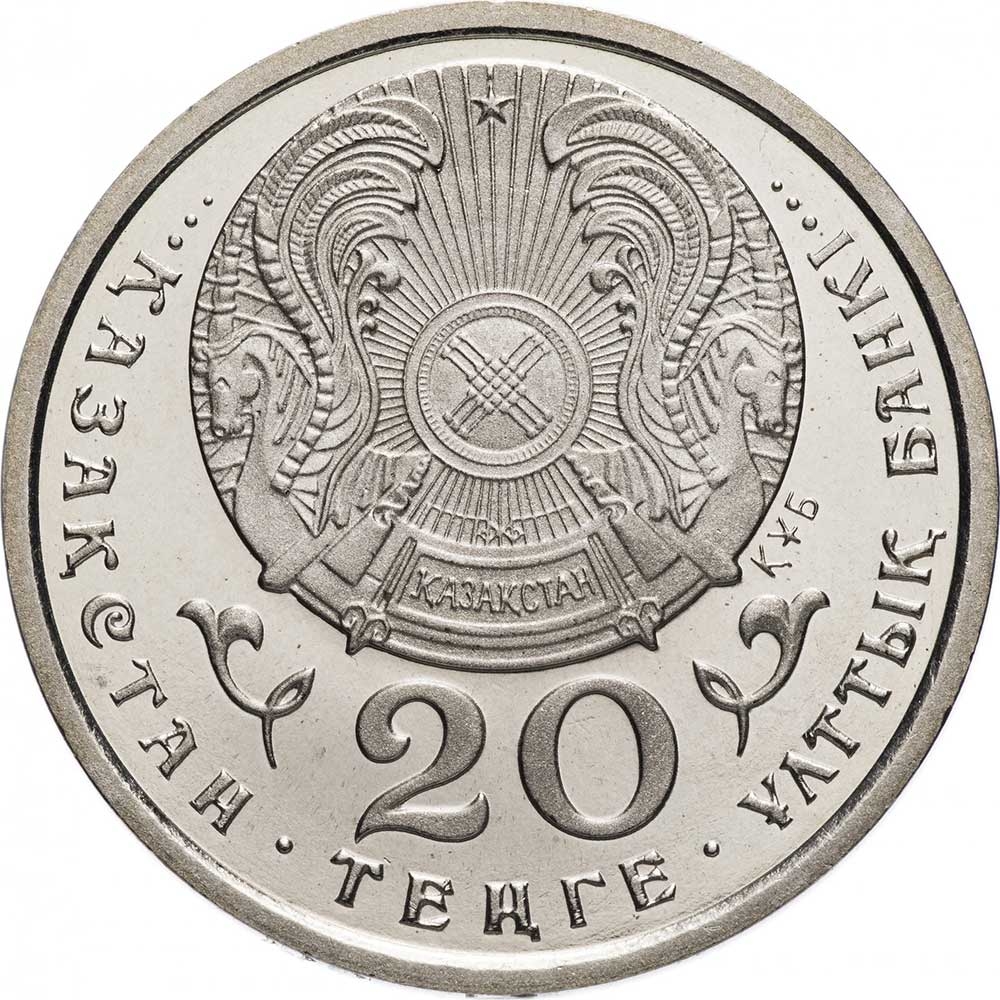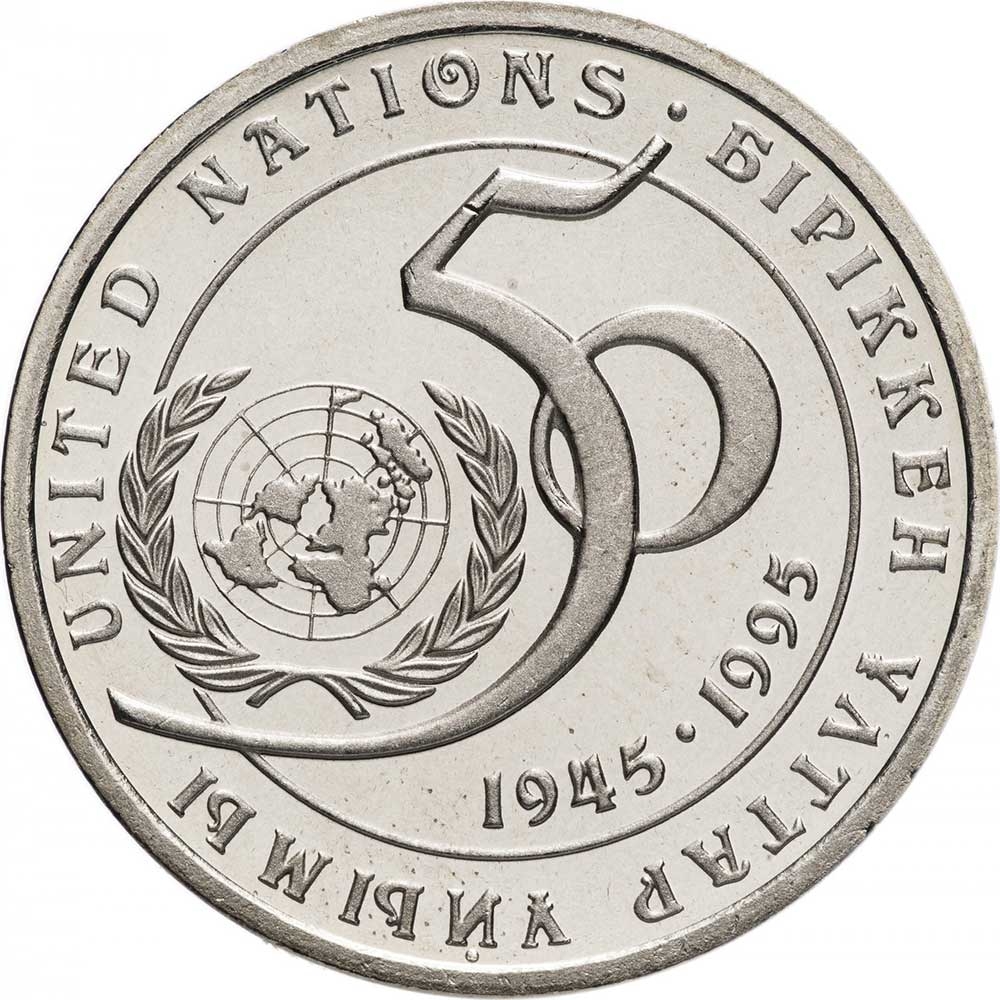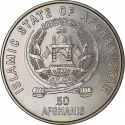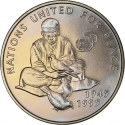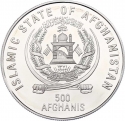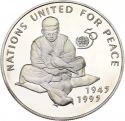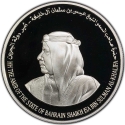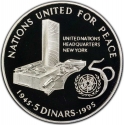You are about to finish your registration. Please check your mailbox (including spam folder). There should be a letter with a confirmation link. Check setting to make sure that your e-mail address is correct.
Send letter againDescription
The United Nations (UN) is an intergovernmental organization to promote international co-operation and to create and maintain international order. A replacement for the ineffective League of Nations, the organization was established on 24 October 1945 after World War II in order to prevent another such conflict. At its founding, the UN had 51 member states; there are now 193. The headquarters of the UN is in Manhattan, New York City, and experiences extraterritoriality. Further main offices are situated in Geneva, Nairobi, and Vienna. The organization is financed by assessed and voluntary contributions from its member states. Its objectives include maintaining international peace and security, promoting human rights, fostering social and economic development, protecting the environment, and providing humanitarian aid in cases of famine, natural disaster, and armed conflict. The UN is the largest, most familiar, most internationally represented and most powerful intergovernmental organisation in the world.
Engravers: V. P. Ivzhenko, M. A. Bajtakov
Obverse

|
National emblem, value below, surrounded by the inscriptions "Kazakhstan" and "National Bank of Kazakhstan". ҚАЗАҚСТАН |
|---|---|
Reverse

|
50th anniversary symbol of United Nations surrounded by the inscription above and the dates below. UNITED NATIONS • БІРІККЕН ҰЛТТАР ҰЙЫМЫ |
| Edge |
Inscription: Kazakhstan Mint 20 Tenge КYБ || ЖИЫРМА || ТЕНГЕ || |
Characteristics
| Type | Commemorative Issue (Circulating) |
| Material | Cupronickel |
| Weight | 10.72 g |
| Diameter | 31.1 mm |
| Thickness | - |
| Shape |
|
| Alignment | Medal |
| Mint |
Kazakhstan Mint
|
